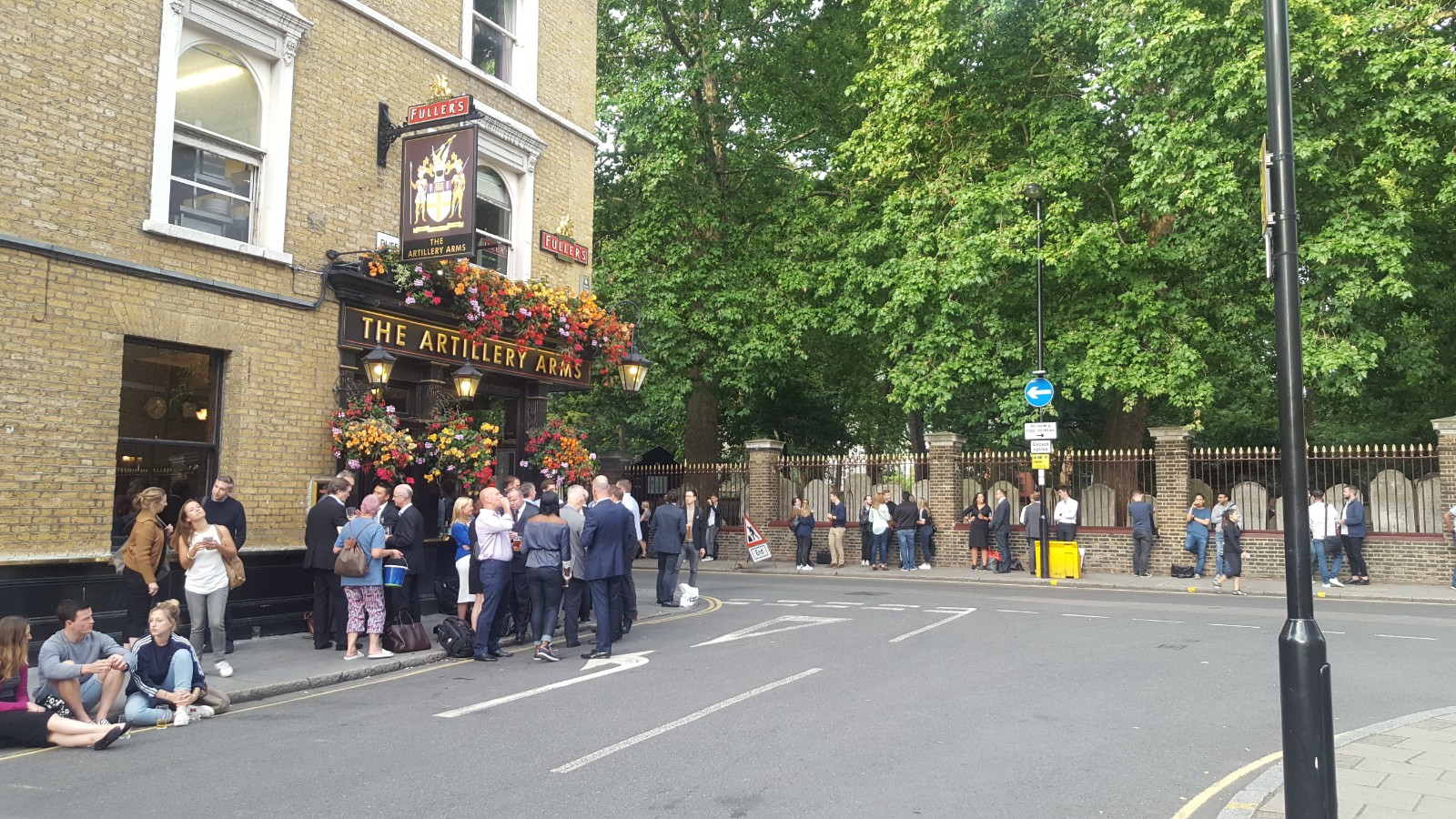The internet is veritably heaving with articles about how to be productive at home. I’ve read a few. They’re fine, if a little facile.
For me, what is more important is keeping a sense of life progressing forward during this weird time.
I thought I’d share a little about what I’m doing around the house to: a) keep moving forward, b) enjoy the quiet time without pressure to be social, c) getting distance from my work when the house has become my workplace, and d) do more ‘quirky experiments’ (see my post from May).
1. Bread
In fairness, this is not really new for me; I’ve been baking bread for some time.
Sourdough seems to be the bread du jour, with many millennials growing their first sourdough starter. Really, though, you can bake immensely satisfying and tasty bread with ordinary baker’s yeast. I’ve done both. Anything with a longer proofing time (e.g. overnight) will taste leagues ahead of store-bought bread, and the process is really rewarding. Admittedly, it’s not for the patient – but there is a definitely joy in the wait and the reward.

A good start is the Overnight White from Flour Water Salt Yeast by Forkish (fantastic author name for a food book).
2. Growing – and growing to eat

We don’t have a large garden, and it’s largely paved, meaning most of our growing happens in pots and a couple of elevated beds. I’m really enjoying pottering about each day. Some of our plants have been with us for years, and we’ve now got carrots, mangetout, strawberries, peas, celery, lettuce, spring onion, tomatoes, potatoes and herbs (including bay tree, parsley, mint and others). Some of these have been re-grown straight from kitchen scraps that would have otherwise gone in the bin.
It has been particularly fun to see some of the plants I’ve grown from seeds thrive – special shout out to my peas, madly climbing our homemade tepee trellis.
I’ve also started a worm compost with an Urbalive unit, reducing our food waste.
3. Fermenting
Most people – including myself, until recently – associated ferments with deeply unpleasant, stinky, odours. I’ve learned that a lot of what we eat is actually fermented – from naturally leavened bread, to wine, beer and sauerkraut. I’ve tried my hand at a few now, including carrots sticks with cardamom, kimchi and sauerkraut. Some have failed – the sauerkraut was particularly over-ripe, but some have been great!
My favourite by far has been tepache, a Mexican pineapple. See recipe here, and the It’s Alive video version here (with the inimitable wourder-drinker, Brad).

For bonus quirk – I’m trying to make the top of the pineapple shoot out new roots so I can grow a new plant).
4. Gaming
Again, not a new one – but I’m really enjoying Red Dead Redemption 2 😉
5. Reading
Again, the two people who regularly read my blog will know that reading is not really a new habit for me. However, I started the year with a resolution to be more intentional about the types of books I read – to ensure I was being strategic. Lockdown, for me, has been tricky with reading. I am often tired at the end of each day, as the work and general stress of the situation has got to me. When I have enough energy, though, reading has been a constant source of joy. I am currently enjoying Montefiore’s biography of Jerusalem, and Wilcock’s analysis of Revelation (only coincidentally on the topic of apocalypse!). See my reading post from March showing some things I’m working through or have just finished.

Stay safe.



